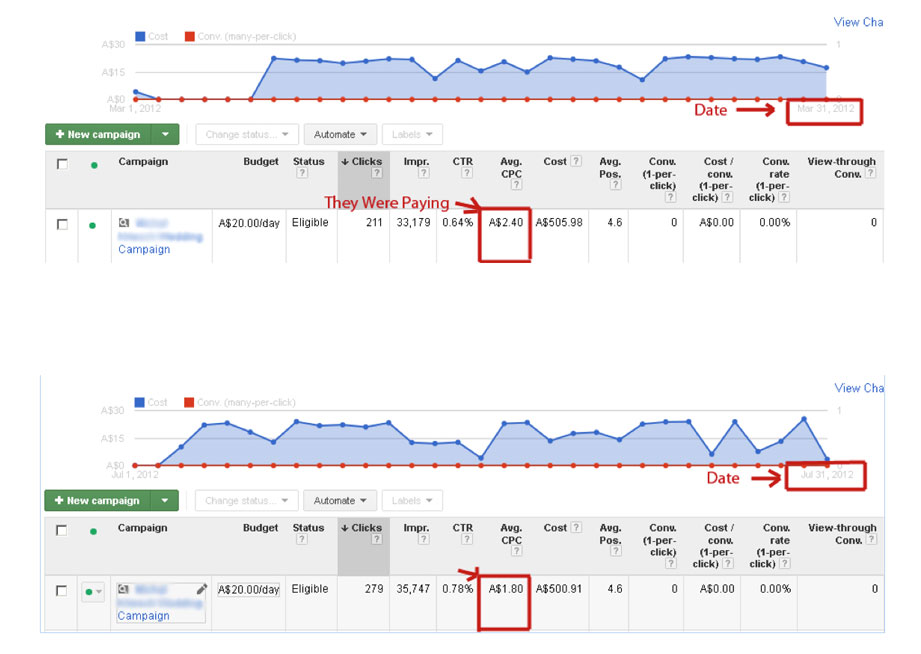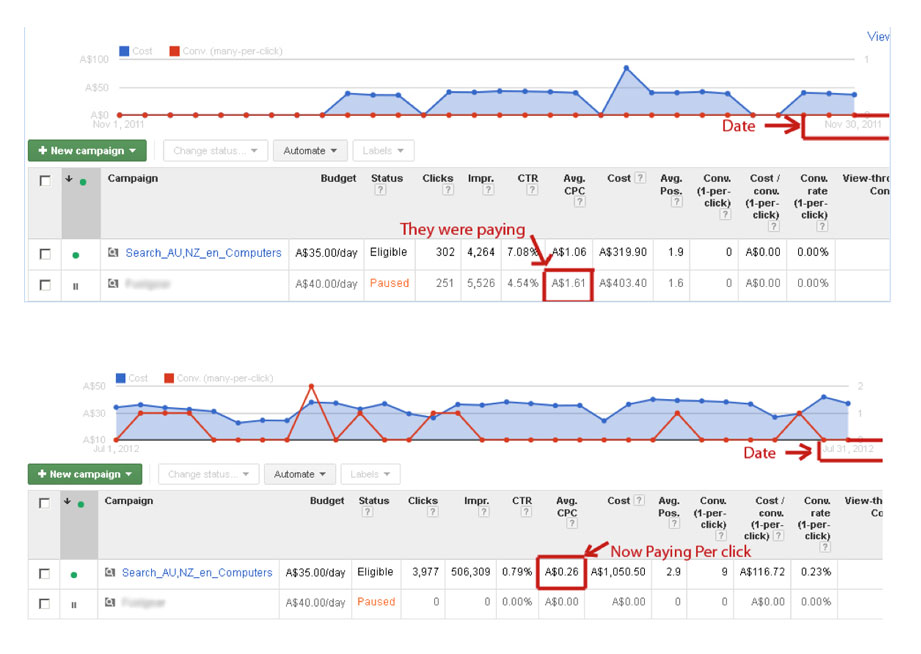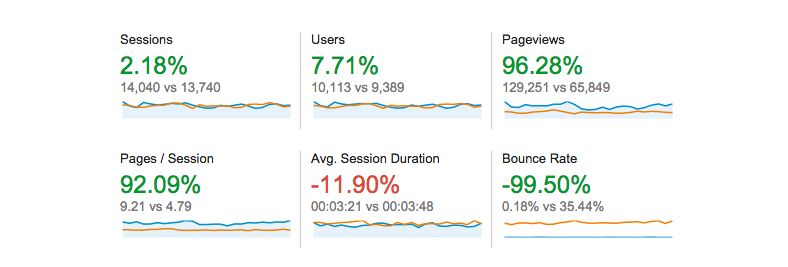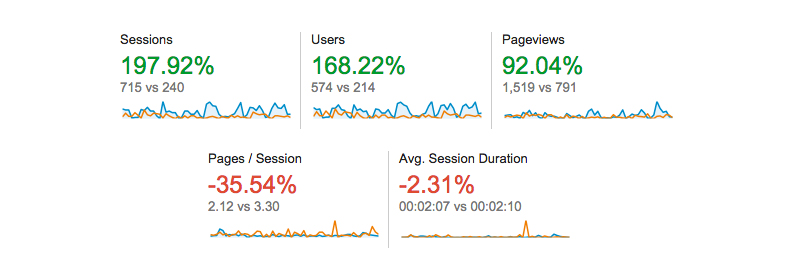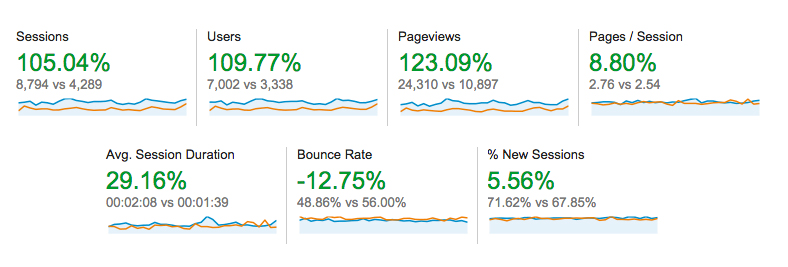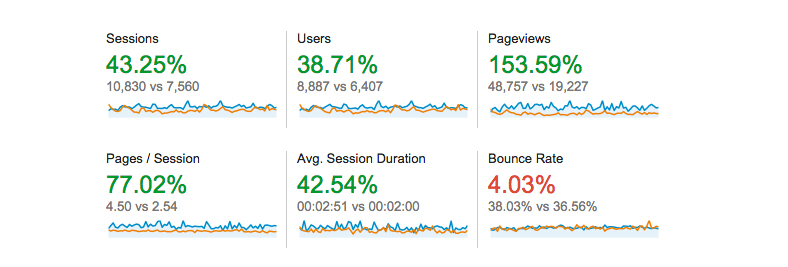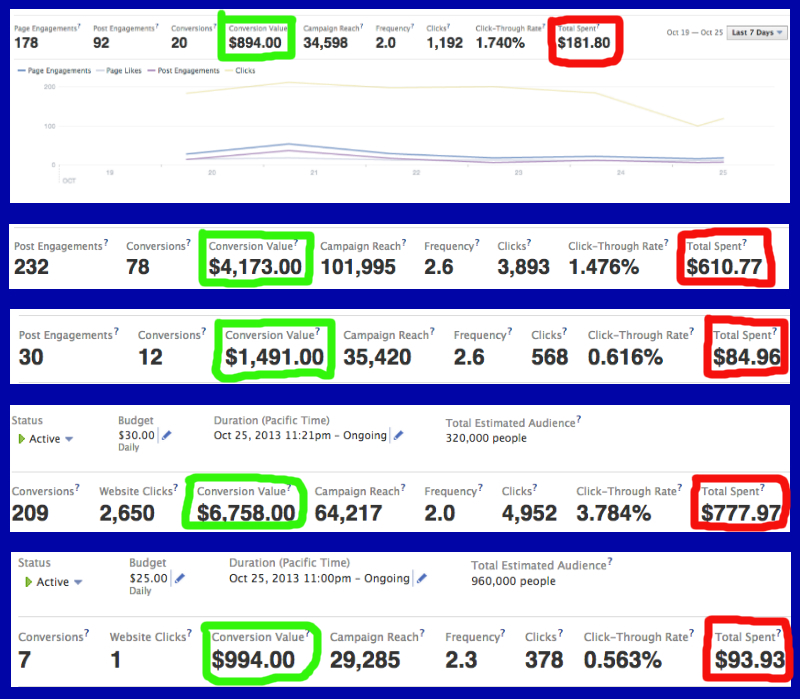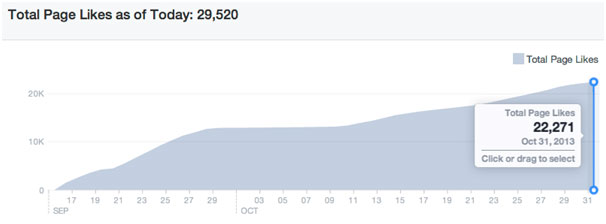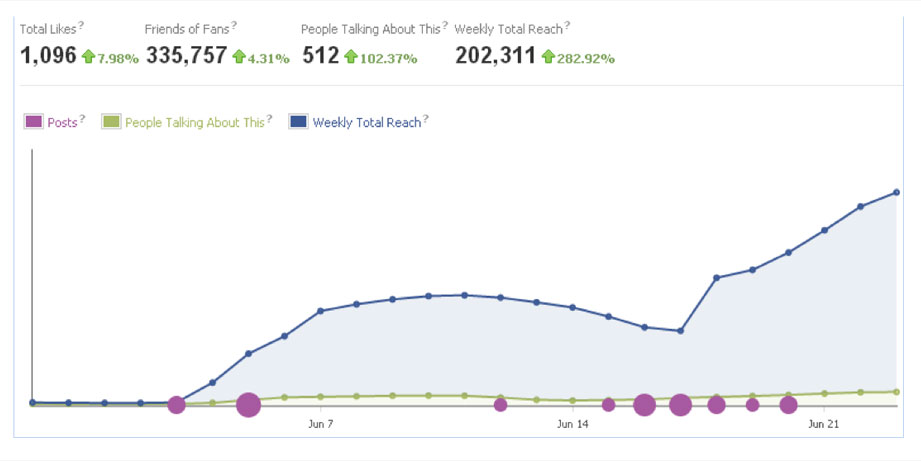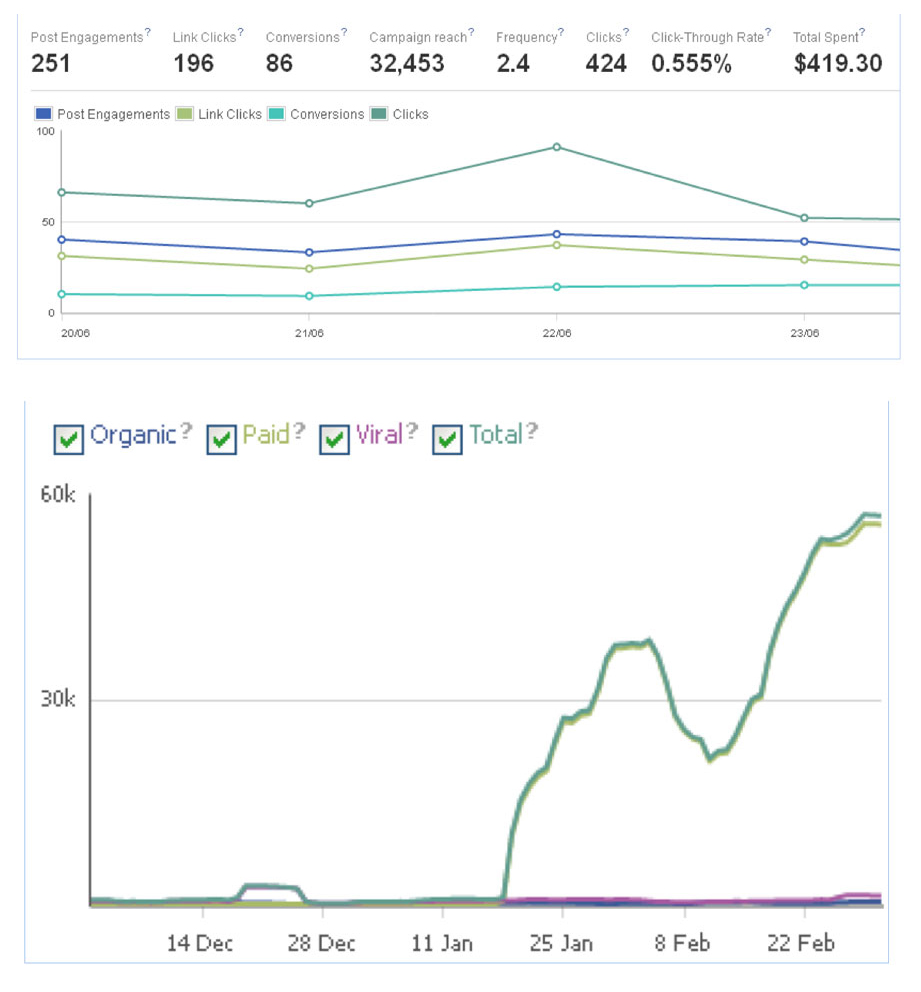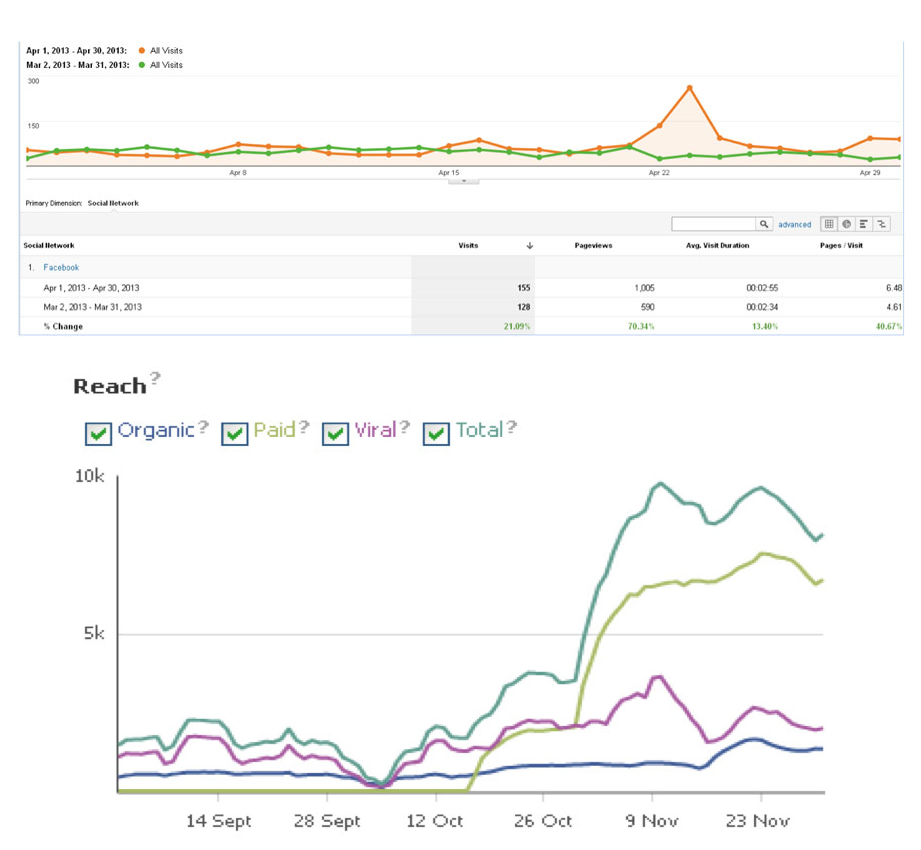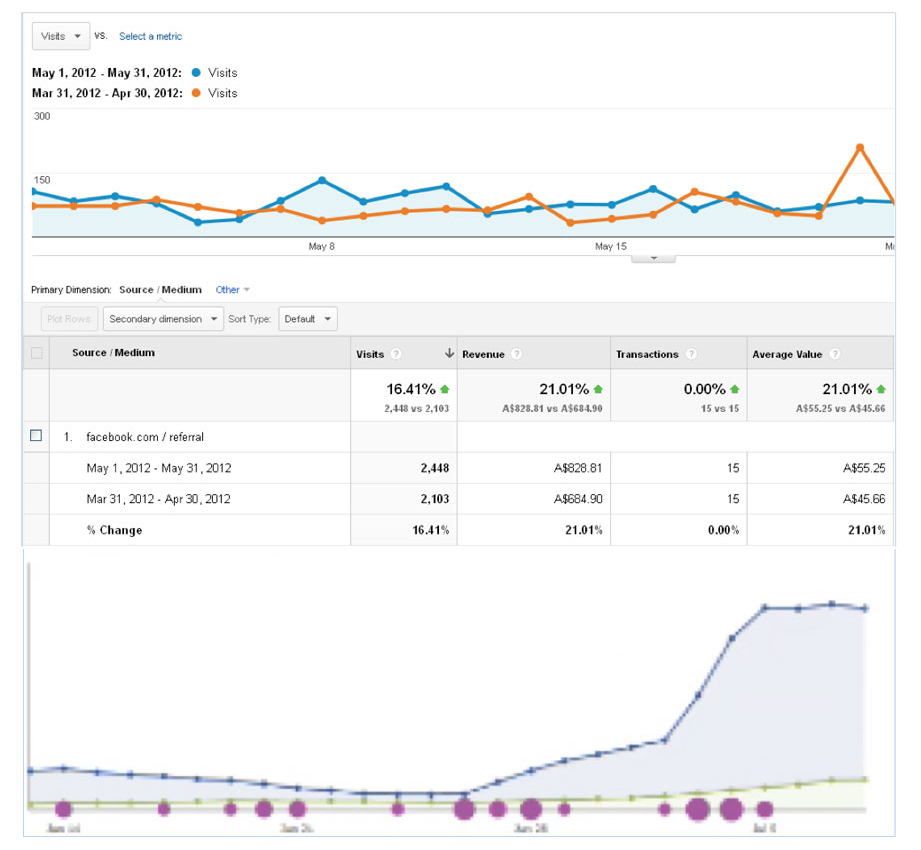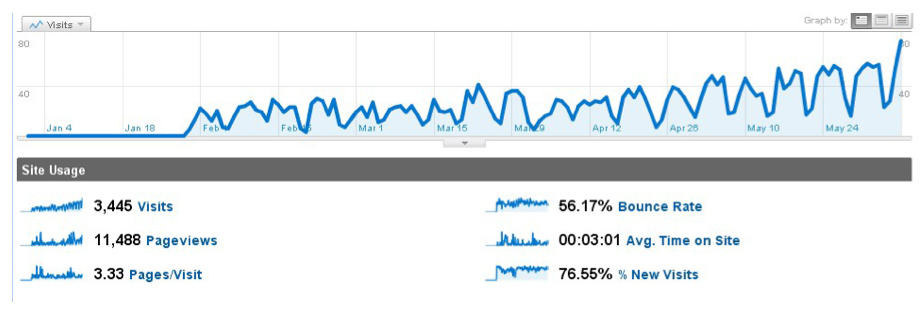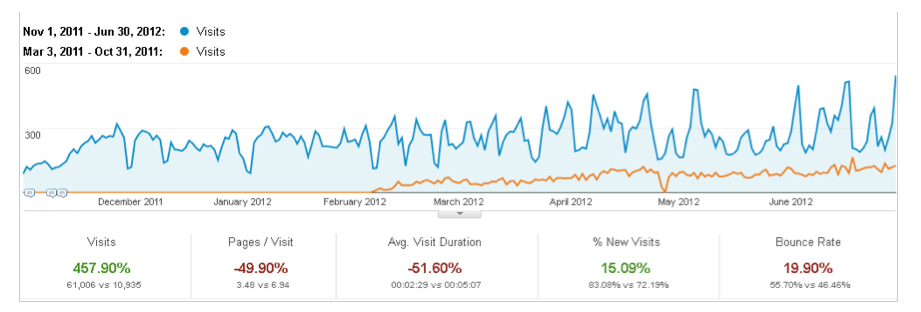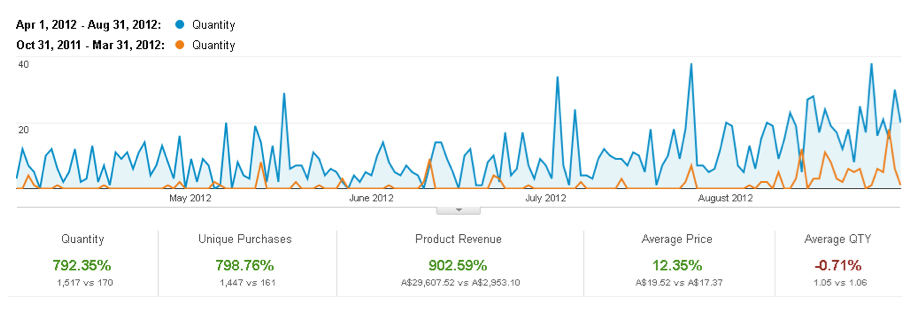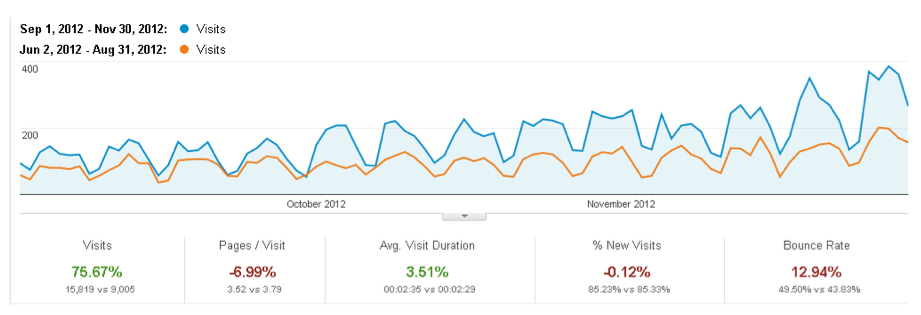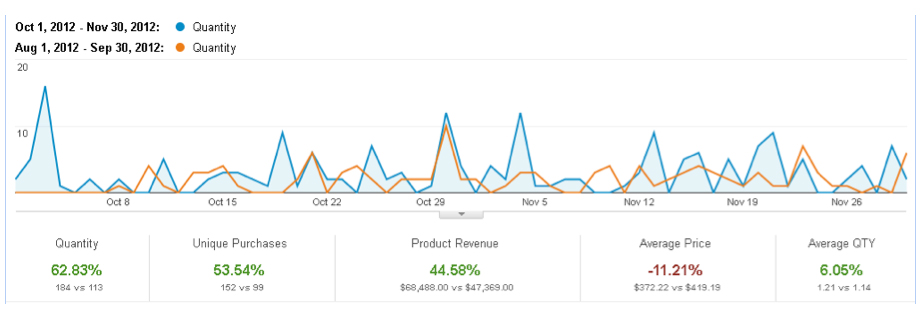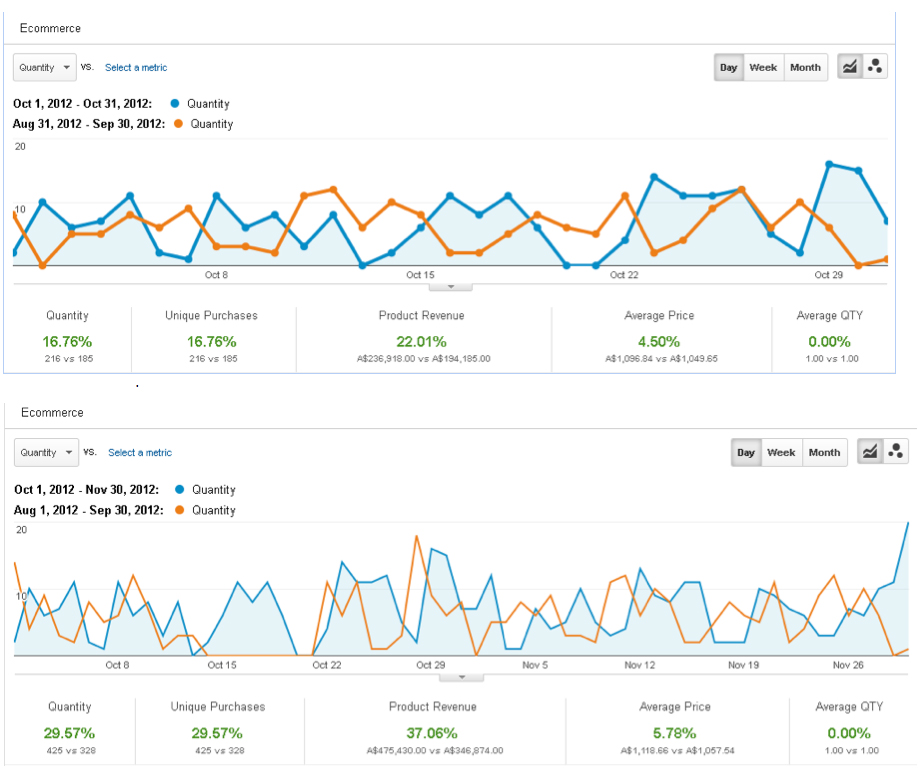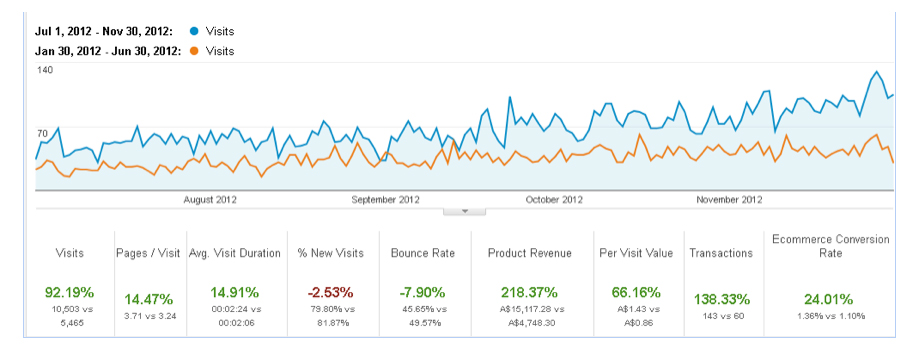The new “Timeline” and other significant changes in Facebook marketing
 It used to be that Facebook marketing had the upper hand when it comes to the shelf life of posts and updates compared to social networks. If you’ve been marketing with Facebook for quite some time though, you would know all too well that this is certainly no longer the case. Facebook had undergone a lot of changes over the years the latest of which is the addition of a new feature called “Timeline” which promises to change the way we look at marketing in this particular social media network – the life of Facebook status updates is diminishing rapidly than ever.
It used to be that Facebook marketing had the upper hand when it comes to the shelf life of posts and updates compared to social networks. If you’ve been marketing with Facebook for quite some time though, you would know all too well that this is certainly no longer the case. Facebook had undergone a lot of changes over the years the latest of which is the addition of a new feature called “Timeline” which promises to change the way we look at marketing in this particular social media network – the life of Facebook status updates is diminishing rapidly than ever.
Now Timeline isn’t actually the only dramatic change Facebook developers had introduced over the years. Homepage feeds now feature a more Twitter-like feel populated with Tickers showing live updates from friends. The latest content published now relies on the most recent updates found on the Facebook feed. All these changes bring us to the latest and most controversial update – the Facebook Timeline.
Strategic posts and update via improved user news feed
Facebook’s Homepage News Feed used to offer two viewing options – “Top Stories” which features post from your friends with most numbers of comments and likes and “Most Recent” which gives you the most recent updates. Most users had their account set to “Top Stories” by default and didn’t even know it enabling them to see the most popular stories discussed by the community. It was not long that the social network aggregated the two with its “Edge Rank” algorithm which automatically decides what is most significant for individual Facebook users based on the profiles or pages that they usually visit and how popular and recent it is to the rest of the community. It approximately takes about 3.2 hours on average for a Facebook marketing update to reach half of its shelf life after reaching its peak and it is expected that with the new Timeline, this average will be even shorter.
Facebook marketing takeaways
Considering the diminishing shelf-life of Facebook posts and updates, it is now even more crucial for business owners engaged in marketing with Facebook to determine which hour or time of the day your Facebook social media posts or updates are most effective. You can use Facebook insights to determine the specific times that you are garnering the most engagement and responses from fans and followers. Social media marketing professionals can expect most of their Facebook users to click on their content approximately 2 minutes after sharing it and if that is indeed the case and you only have less than 3 hours to grab as much attention and interaction as you can, you better make sure that you are doing your posts and updates when most of your target audience is most likely to see it.
Posting once a day – it just doesn’t work anymore in the world of Facebook marketing
If you’ve been on the Facebook social network for your social media marketing needs for quite some time, then you would know its old rule of thumb which was to posts on a regular basis but no more than once each day to ensure that it garners enough attention without spamming the social network. With all the changes on Facebook – the Edge Rank algorithm, Ticker and now the new Timeline, this rule of thumb simply ceases to apply. Limiting your posts to just once a day with all the changes mentioned earlier would mean that you’ll have to deal with significantly lower chances of getting your target audience to see it. After approximately 3 hours, your posts and updates are old news and before you even think about spamming the network you should know that such a course of action won’t do you any good as it will quickly be overtaken by tons of other unique updates courtesy of the Edge Rank algorithm.
Now it’s not to say that you should just focus on making as much unique posts and updates within a single day. Doing so won’t do you any good if you let it adversely affect quality least you risk deal with negative backlashes in your social media marketing efforts. It goes without saying that all these updates mean more work for social media marketers. On a lighter note, these are clearly aimed at providing users with quality, relevant and updated content!




